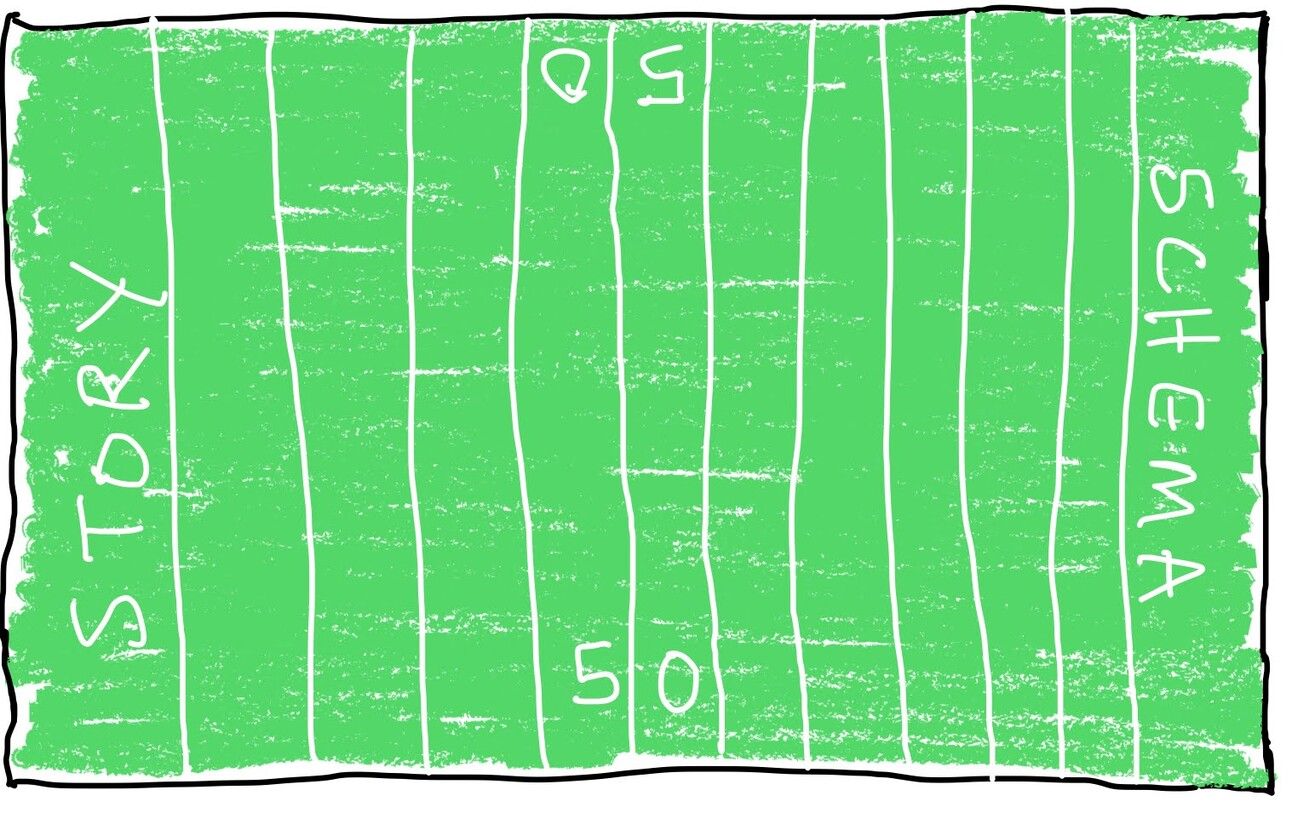- Four Minute University
- Posts
- The Science of Storytelling
The Science of Storytelling
There's a formula to doing it
I started the Four Minute University with the goal of helping you learn better. For the past several months, we’ve covered a lot of practical tips and techniques that you can apply immediately to your own work and life.
Readers consistently comment on one thing more than others. “I love your stories.”
There are many reasons why each issue contains a story. Most are true tales from personal experience, illustrate a point and/or show how actions can help achieve a goal.
Stories affect the part of your brain that’s responsible for making decisions. Facts and figures don’t influence behavior. Stories do.
On this 20th issue of the Four Minute University, it’s time to share the science of storytelling so you can take your game to the next level.
But…I’m not a storyteller
We all know someone who is a good storyteller. They can hold a captive audience at a party. They have charisma. They’re a smooth talker. That must be why they can tell great stories. Right? Wrong.
You can tell great stories, too. All you need to know is the formula to doing it.
Storytelling at work to drive action is one of the most underrated superpowers you can have. I’ve used it to great success more times than I can count.
Over the next several issues, you’ll get a deep understanding of what makes up a story. It all starts with a cognitive schema.
Cognitive schema
Whenever you start telling a story, your audience sets expectations. They may not know it, though. Our brains do this to help anticipate what comes next.
Scientists call this a cognitive schema. Think of them as hooks where your mind hangs information. Your brain uses these hooks to make sense of everything.
If you watch a sporting event like football, your sports schema helps your brain understand what’s going on. The rules, how to score and the boundaries are all part of your sports schema.
A person who has never played or watched football before would have difficulty keeping up with the action because they don’t have a schema to understand the game.

Story schema
A cognitive schema for stories is a story schema. Think of it as a mental road map you can use for any story you tell.
These are the 6 parts to crafting an effective story:
Background
Challenge
Hero’s emotional response
Hero’s actions
Outcome
Hero’s reaction to the outcome
Background
It’s important for your audience to have context about who’s involved, as well as when and where the action happens. Not having this leads to confusion.
Challenge
This is the key event that moves your story forward. It could be positive (an opportunity) or negative (a problem) and involves your story’s hero.
Hero’s emotional response
All good stories have a hero. A central character. A protagonist. A key player. Capturing the hero’s emotional response helps us relate to the hero.
Hero’s actions
What the hero does to overcome the challenge is central to any story. Sometimes, the action alone doesn’t solve the challenge. More effort may be needed. These actions help build suspense and buy-in to your story.
Outcome
The final result may end in success or failure. Without a final result, there’s no story. And you risk leaving your audience in limbo wanting to know more.
Hero’s reaction to the outcome
How did the hero feel about the outcome? They cared enough about the challenge to do something about it, so we want to know what they’re feeling. This provides closure to your story.
Storytelling for success
Over the coming issues, we’ll dive deeper into each part of the story schema. We’ll cover elements that make your story stronger. And you’ll learn about how to make storytelling an essential part of your success at work and in life.
In a world dominated by technology, effective storytelling is more important than ever to help you stand out among the crowd.
Thanks for reading.
See you next week,
Nabeel